Thank you for downloading Dump Dinners: Top 50 Dump Dinner Meals on a Budget Eat Good and Cheap on a Super Tight Budget.
One of the biggest problems we face when it comes to buying healthier food items is their expensive price tags. It seems that healthy food and drinks are almost always 10% to 100% pricier than their not-so-healthy counterparts. Celebrity-endorsed diet food items are the worst, because these are the priciest ones.
Also, many of us go through that stage where the lot of healthy food becomes synonymous with tasteless vegetable sticks, fake vegan/vegetarian meat that tastes like wet, dirty socks, and protein shakes that look and taste like wood dust dissolved with sugar water.
If you are trying to eat right with meals that taste great on an extremely limited budget, then this book is for you.
This book contains valuable tips on how you can stretch your buck by simply changing a few of your food shopping habits. Aside from teaching you how to shop for healthier food options and drinks, there are also few tips here on how you can have filling meals, without packing on the pounds, or spending more money than you ought to.
You will also learn 50 tasty, but definitely healthy dinner recipes that you can whip up for any day of the year, and for any possible occasion or event in the future.
More importantly, you will discover how to invest in a few kitchen tools and gadgets that will not only keep your waistlines trim, but can shave off almost 50% of your unwanted food expenses.
Thanks again for downloading this book. Enjoy!
Chapter 1: Tips on How to Have Healthy Meals on a Tight Budget
Raising a family on a tight budget is hard enough. Following a healthier diet and lifestyle is equally difficult. But if you combine the two, you may be stirring up a hornets nest. Fortunately, there are a number of ways to turn these situations to your advantage.
Here are a few tips on how to eat well, without spending more than $2 per portion.
- Learn how to buy, process, and cook your own meals.
Although this sounds ridiculously simple, it is one of the biggest obstacles when it comes to making good food, healthy meals, and cheap dinners. People who dont know how to cook have to make do with paying for pricier meals even and especially if these are not particularly good for their health.
You dont have to acquire mad chef skills, but a little know-how in the kitchen is worth its weight in gold.
Buying your own ingredients means that you know precisely what you are eating. This gives you better control on your portions, especially if you are trying to lose weight. It gives you the liberty to remove all potentially harmful components of your meals, and it ensures that you get nothing but fresh food every time .
A good example of this would be homemade bread.
 Commercially-made white loaves (also called sandwich bread) usually contain high amounts of overly processed starch (contains no nutritional value,) sugar (common flavoring agent,) and preservatives (to extend their shelf lives.) One store-bought loaf bread can cost you as much as $2.43, while healthier options can cost you as much as $5 per loaf.
Commercially-made white loaves (also called sandwich bread) usually contain high amounts of overly processed starch (contains no nutritional value,) sugar (common flavoring agent,) and preservatives (to extend their shelf lives.) One store-bought loaf bread can cost you as much as $2.43, while healthier options can cost you as much as $5 per loaf.
 If you make your own bread at home on a $5 dollar budget, you can make 6 regular-sized loaves. Thats only $0.80 per loaf. Homemade bread does not contain artificial flavors and preservatives, which make your baked goods 100% healthier than any commercially sold bread.
If you make your own bread at home on a $5 dollar budget, you can make 6 regular-sized loaves. Thats only $0.80 per loaf. Homemade bread does not contain artificial flavors and preservatives, which make your baked goods 100% healthier than any commercially sold bread.
Making your own food also means that you can readily substitute cheaper ingredients without sacrificing flavor. For example: if a recipe calls for berries of any kind, you can buy seasonal berries. Seasonal fruits are usually plentiful and dirt-cheap during the peak of their seasons.
With a little more effort, you can also make your own fresh pasta, cheeses, yogurt at a fraction of the price of commercially-made ones. Brewing your own coffee and other beverages saves you a lot of money too.
- Plan your meals ahead.
Planning your home cooked meals a week in advance will prevent you from splurging on unhealthy food items. This will limit your impromptu side trips to fast food joints, and your impulsive distress calls to restaurants that deliver food. Whenever possible, work in at least one cheat day per week so that you can safely (and inexpensively) incorporate your favorite meals.
If you have a large family, plan for your kids snacks and sweet (but healthy) treats as well. If you are making your own food, you can make healthy snacks (sandwiches, pies, cakes, tarts, etc.)
When shopping for food, make a list and stick to that no matter what. This prevents you from splurging on unhealthy and expensive items.
- Whenever possible, buy food items in bulk.
This saves on transportation costs. Plus food items in bulk are cheaper than those in single portions. For example: Rice in 10 pound bags sells for only $5 at specialty stores, while 1 pound of rice sells for $1 to $2 per bag.
 Dried beans in 10 pound bags may cost $5 to $8. But these are still cheaper than buying 1 can of cooked beans (approximately 2 cups) for $1.99 to $2.50.
Dried beans in 10 pound bags may cost $5 to $8. But these are still cheaper than buying 1 can of cooked beans (approximately 2 cups) for $1.99 to $2.50.
If you are buying fresh produce in bulk like fruits and meat, freeze those that you will not immediately use. As long as these are stored in freezer-safe bags, these would last several months in the deep freeze. Ideal freezing temperature for long term storage is 0F or -18C. To avoid thawing out large portions of food, divide your frozen items into smaller cooking portions. This way, you only thaw out what you will need for the next meal.
Avoid buying processed food items. These may seem like cheaper and better options, but almost all of these are saturated with artificial flavors and preservatives. Plus, these are not as nutritious as fresh produce.
- Choose your favorite food staple (bread, corn, rice, oats, etc.) and work your planned meals around that.
This ensures that you will actually consume the food you make, and lessen food wastage. Working with your favorite food staples also allows you to be more creative with your meals without really spending more.
- Make your own condiments.
According to research, the average American spends $2.41 on a regular meal, and almost a dollar more for condiments like catsup, mayo, mustard, etc. per meal . If you find this hard to believe, you can try lining up on your kitchen counter all the condiments in your kitchen. You might be surprised just how much you use on a daily basis, and how much you once bought but have already forgotten.

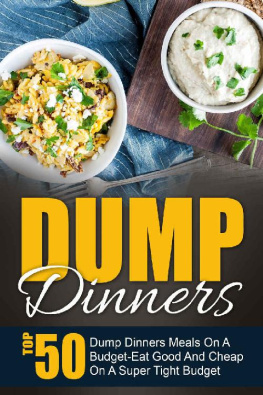
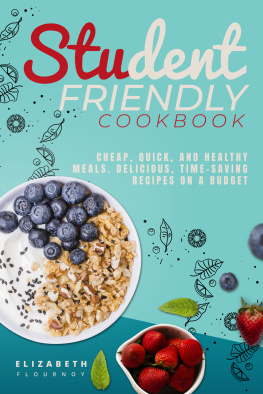
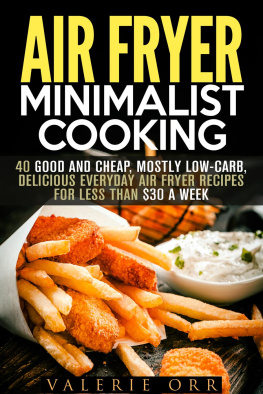




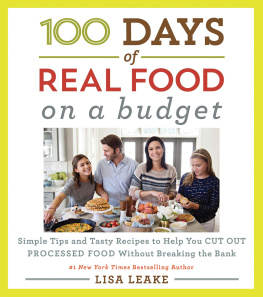


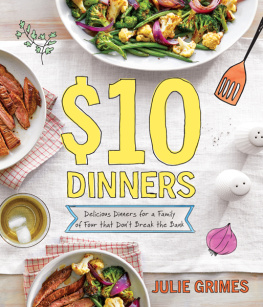
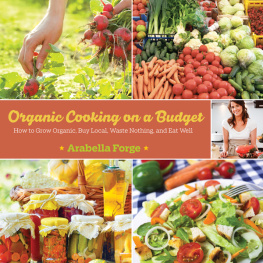
 Commercially-made white loaves (also called sandwich bread) usually contain high amounts of overly processed starch (contains no nutritional value,) sugar (common flavoring agent,) and preservatives (to extend their shelf lives.) One store-bought loaf bread can cost you as much as $2.43, while healthier options can cost you as much as $5 per loaf.
Commercially-made white loaves (also called sandwich bread) usually contain high amounts of overly processed starch (contains no nutritional value,) sugar (common flavoring agent,) and preservatives (to extend their shelf lives.) One store-bought loaf bread can cost you as much as $2.43, while healthier options can cost you as much as $5 per loaf. If you make your own bread at home on a $5 dollar budget, you can make 6 regular-sized loaves. Thats only $0.80 per loaf. Homemade bread does not contain artificial flavors and preservatives, which make your baked goods 100% healthier than any commercially sold bread.
If you make your own bread at home on a $5 dollar budget, you can make 6 regular-sized loaves. Thats only $0.80 per loaf. Homemade bread does not contain artificial flavors and preservatives, which make your baked goods 100% healthier than any commercially sold bread. Dried beans in 10 pound bags may cost $5 to $8. But these are still cheaper than buying 1 can of cooked beans (approximately 2 cups) for $1.99 to $2.50.
Dried beans in 10 pound bags may cost $5 to $8. But these are still cheaper than buying 1 can of cooked beans (approximately 2 cups) for $1.99 to $2.50.